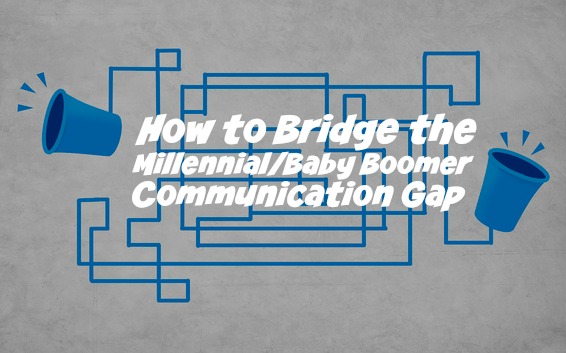Workplace communications today are a tangled web of varying preferences. Some call, some email, and others text while sitting right next to you.

Evolving technologies have wrecked havoc on our communication choices. There has never been a greater divide between preferred communication channels then there is today. When is face-to-face better than a call, or when is a text better than an email, or when is Slack better than Skype?
The way people communicate varies by generation. According to Gallup, "sending and receiving text messages is the most prevalent form of communication for Americans younger than 50. More than two-thirds of 18- to 29-year-olds say they sent and received text messages 'a lot' the previous day, as did nearly half of Americans between 30 and 49. Young Americans are also well above average in their use of email and social media on a daily basis."
Related Read: The Unspoken Reasons Millennials Are Ignoring Your Phone Call
Recent RealityMine research shows similar trends with emailing and calling increasing with age and texting decreasing with age. The data is clear that the younger the individual, the more likely they are to communicate using newer technologies.
With such disparity, how are you to find communication cohesion in today's multi-generational workplace?
Defer.
Consider the communication preference of the individual you wish to communicate with and defer to their likely communication preference. We often communicate with others how we prefer to be communicated with, but the countless options for communication that now exist force us to be adaptive.
Since age has a strong correlation with an individual's communication preference, it's useful to use generations as a clue to what form of communication would be most efficient and impactful.
For example, if a Millennial employee was interested in getting in touch with a Baby Boomer manager, the Millennial should consider deferring to a phone call or face-to-face meeting. Or if that Baby Boomer manager wanted to get in touch with the Millennial employee, deferring to a text or instant messaging may prove most effective--certainly not a phone call. Once the connection is made, ask how the individual would prefer to communicate moving forward and then continuously defer to it.
Adjusting our communications for each generation can be exhausting but it's a new reality we must face. What's more exhausting is the constant miscommunication that occurs when you try to communicate with everyone based on your specific communication preference.
Related Read: 5 Ways Snapchat Will Redefine Workplace Communication
This simple strategy will also help generations become more versed in communication skills where they lack. Millennials can become stronger offline communicators and older generations can become stronger digital communicators.
Considering one's generation, while not fail proof, can be a quick and effective way for deciding what communication method to use.
If you don't know the generation of the individual you're going to communicate with, default to email. While texting is the dominant communication function on mobile, it can be too personal for a first communication. Email (at the moment) is the most generational neutral form of communication.
After having a front-row seat to today's communication challenges, I anticipate Generation Z--the post-Millennial generation--will begin to finally streamline the workplace communications as they come of age.
But until then...prefer to defer.
Question: What are your best practices for communicating across generations?
Consider Ryan Jenkins to be your next Millennial/Generation Y or Generation Z keynote speaker by clicking here...
![]()
This article was originally posted on Ryan's Inc.com column, Next Generation Insights.





